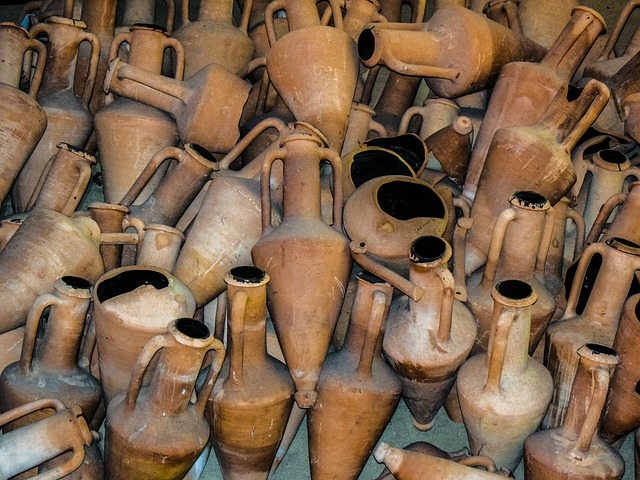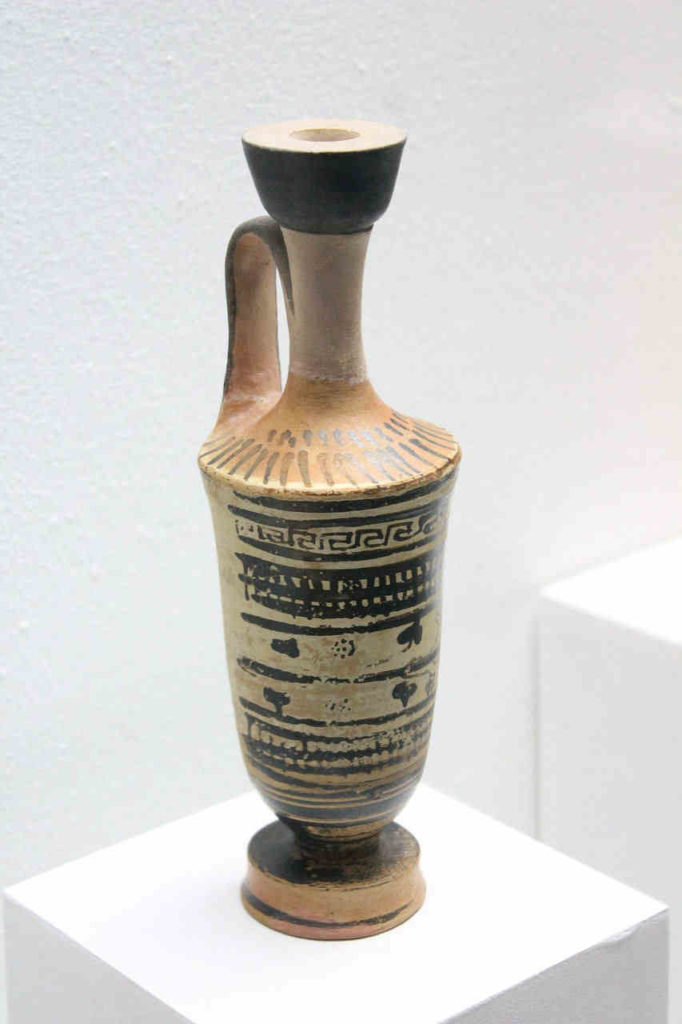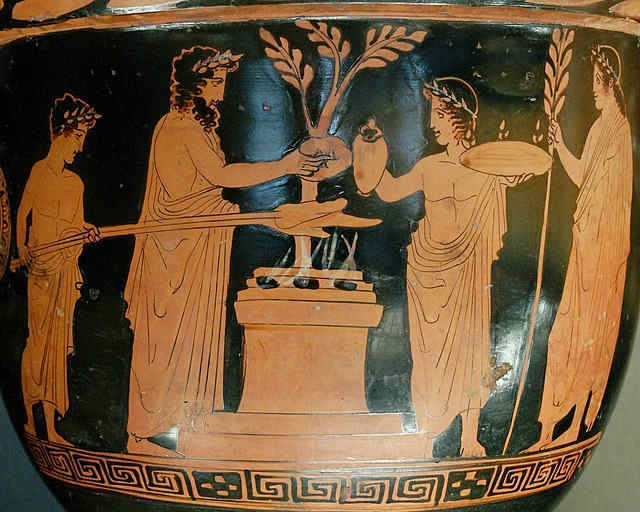
If you have ever been to Greece, you have probably noticed vases or some ceramic pottery in front yards or on balconies. These are not only beautiful decorations, but they also have some historic meaning to them, which might even trace back to ancient times. The pottery from ancient Greece is is one of the oldest representations of the cultural beliefs and practices of that time.
Pottery is highly durable, and even if it breaks, it still provides us with a lot of information about ancient Greece. Because only a few Greek words in wood, textiles, or wall paintings have survived, and painted decorative pottery isn’t particularly appealing to treasure hunters, it has become a primary source for archaeologists and historians determining the chronology of ancient Greece.
In former times, pottery vessels were made for actual use to store, transport, and drink, for instance, wine, oil, water, or perfumes.
Greek pottery actually originates from a Mycenaean tradition, roughly imitating pod forms and decoration. The earliest period, dating from 1000 to 700 BCE, is known for vases with geometrical patterns like circles, semi-circles, or horizontal lines painted in black. Later, vertical lines were also used to decorate the pottery, especially to isolate the lower part of the vase with a bolder pattern. During this period, the Maeander design came into being as well. This is something that you probably subliminally connect with Greece. You can still find it on beach towels, plates, and such things today.

As the period of Geometric Pottery came to an end, animals and human figures gradually appeared too. Even though they are geometric with angular silhouettes and symmetrically arranged, they tell stories from popular myths, particularly those about Heracles. This pottery was the earliest in Greek to show narrative scenes.
In the 7th century BCE, the eastern trade connections expanded. With that, the so-called ‘Orientalising’ style became popular in Corinth. The Egyptian and Assyrian pottery, with its paintings of lions, stylized plants monsters, made its way onto the Greek vases as well.
Towards the end of the 7th century BCE, techniques and quality got better and better. The figures became more precisely engraved, and there was more and more detail painted. Most of the decorations were painted with black paint: the black-figure pottery style was born. However, not everything was painted in black. White paint was sometimes used to portrait women and purple or red for clothes and accessories.
This was followed by the red-figure pottery. Around 530 BCE red figures were created on pottery by painting their outline with a black background. After some time, it became the favored style of Greek pottery decoration. The people on the vases were illustrated with even more detail, facial expression, of other perspectives and overlapping each other. The paintings depicted everyday life, including educational or sporting scenes.

It wasn’t until 400 BCE, that pottery art would reach its limits. The paintings with innovative perspectives and a lot of motives didn’t fit on vases anymore. Pottery finally became outdated, and the artists focused more on open media like wall painting.
With Greek pottery, we can see the different kinds of influences the ancient Greeks had and which topics and heroic stories they focused on. But not only that, with the red-figure pottery, it is even possible for us to gain an insight into their daily lives, and in the end, it is also just a great ancient form of art you can get lost in.
Sources:
https://www.worldhistory.org/Greek_Pottery/ (Mark Cartwright, 25.01,2023)
https://www.britannica.com/art/Greek-pottery (The Editors of Encyclopaedia Britannica, 25.01,2023)

